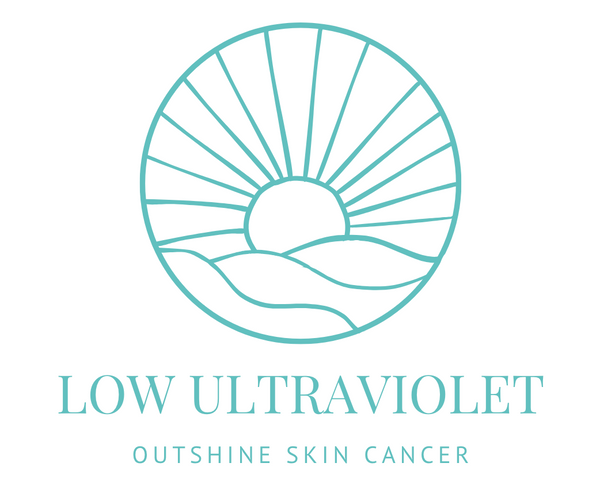As temperatures climb and outdoor adventures beckon, your summer essentials list probably includes sunscreen and bug spray. But if you’re applying both, does the order matter? Furthermore, can the combination affect how well each product works?
Yes, and yes. Applying sunscreen and insect repellent incorrectly can diminish the effectiveness of both, leaving your skin vulnerable to sunburn and bug bites. Here’s what experts say about doing it right, plus a few product picks to keep you protected all season long.
What’s the Right Order?
Dr. Pierre George, a board-certified dermatologist in St. Paul, Minnesota, emphasizes the importance of layering correctly. He states, “Apply sunscreen first, then an insect repellent, following the manufacturer’s instructions for each." The Centers for Disease Control and Prevention (CDC) confirms this approach in its Travelers' Health guidelines.
After applying a broad-spectrum sunscreen—ideally SPF 30 or higher—wait about 15-20 minutes before applying your insect repellent. This allows the sunscreen to fully absorb and bind to your skin.
Can You Combine Them?
While some products on the market combine SPF and bug protection, dermatologists are wary. Dr. Pierre George shared in an Ask the Experts series with the Skin Cancer Foundation the following:
"Certain sunscreen formulations decrease in their ability to screen out ultraviolet (UV) radiation when used with DEET (N,N-Diethyl-m-toluamide), the most effective and common bug repellent. In some studies, the combination led to a more than 30 percent reduction in SPF. What’s more, sunscreens enhance absorption of DEET into the skin, potentially increasing toxicity, especially in children."
Thus, layering separate products remains the safest bet for full coverage. However, we also recommend using a DEET-free formulation to reduce absorption and skin irritation risks.
Recommended Products
For Sunscreen:
- Melan Everyday SPF 30: This lightweight, broad-spectrum sunscreen absorbs quickly and doesn’t leave a greasy feel. It is formulated with rosemary, basil, and citrus, all aromatic scents known to deter bugs.
- Supergoop! Play Everyday Lotion SPF 50: A hydrating, water- and sweat-resistant option for extended outdoor time.
DEET-Free Bug Protection:
- Sawyer Premium 20% Picaridin Insect Repellent: A cult-favorite DEET-free, odorless formula that effectively repels mosquitoes and ticks for up to 12 hours.
- Murphy's Naturals Lemon Eucalyptus Oil Insect Repellent: A DEET-free, plant-based alternative that repels mosquitoes for up to 6 hours with EPA-approved oil of lemon eucalyptus.
Bonus Tips
- Avoid spraying on the face. If absolutely necessary to apply to your face, spray bug repellent onto your hands first and then apply it to your face, avoiding your eyes and mouth.
- Clothing counts. Wear sun-protective clothing to reduce reliance on sunscreen for covered areas and keep bugs at bay.
Final Takeaway
A strategic, layered approach to SPF and bug spray means fewer bites and burns, letting you focus on making the most of summer. Stick to separate applications, start with sunscreen, and choose products suited to your outdoor plans.
Protection from the sun and insects should go hand in hand; you don’t have to sacrifice one for the other if you apply them thoughtfully.


